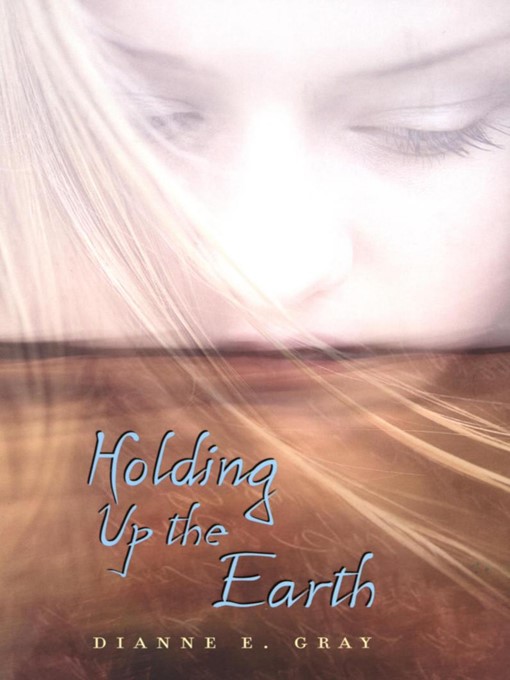
Holding Up the Earth
فرمت کتاب
ebook
تاریخ انتشار
2012
Lexile Score
880
Reading Level
4-5
ATOS
5.9
Interest Level
4-8(MG)
نویسنده
Dianne Grayناشر
HMH Booksشابک
9780547996165
کتاب های مرتبط
- اطلاعات
- نقد و بررسی
- دیدگاه کاربران
نقد و بررسی

August 28, 2000
Narratives, diaries and letters woven together, often too tidily, tell the stories of four girls from different generations who each find a way to reclaim their lives on a small Nebraska farm. Hope, whose mother died eight years earlier, is 14 when her latest foster mother, Sarah, brings her to the farmDthe site of "earth finds." These archeological treasures, such as barrettes and gold coins, become touchstones for each girl's experience and for Hope's ultimate sense of belonging. Abigail, the daughter of a 19th-century homesteading family unable to meet the demands of the frontier, returns to her prized meadow to die. Rebecca, a hired girl on the farm at the turn of the 20th century, eventually helps to heal the family she works for and marries the son. Her daughter, Anna (Sarah's mother), still runs the farm, and she and Sarah welcome Hope. Unfortunately, Hope's character does not seem convincing; her struggles are too easily won. Some tying of threads across the girls' narratives is contrived, such as Anna's meeting with Abigail just before she dies and the creation of a "story quilt" at the end. However, the letters and diaries, while uneven, offer some of the more fluid passages here and may sustain readers' interest in this first novel. Ages 10-14.

October 1, 2000
Gr 5-8-Gray uses a contemporary character to frame stories of four generations of young teens who lived on a Nebraska farm. Hope, 14, is spending the summer at the childhood home of her latest and most-promising foster parent, Sarah. Sarah's mother, Anna, gives the teen some old letters written by Abby, a pioneer girl who describes the initial breaking of the earth around the homestead in 1869 and the wonder of the meadow beyond the soddy in which she lived. Next, Anna gives Hope her mother's journal, which tells how her stepfather sent her to work for the stern owner who bought the failing farm from Abby's father. Anna then tells Hope her own story, and, finally, Sarah's journal tells of the day the Air Force came to install a nuclear missile silo in the meadow. All of the memoirs are tied together poetically, with significant artifacts and details appearing in each, and the meadow figuring prominently in each woman's experience. While all the narratives are not equally compelling, many themes and symbols create a rich quilt of memories that helps Hope find a place to call home among the generations of women who have inhabited this farm.-Elizabeth A. Kaminetz, L. Douglas Wilder Middle School, Richmond, VA
Copyright 2000 School Library Journal, LLC Used with permission.

January 1, 2001
Gr. 5-8. After her mother's death and seven foster homes, 14-year-old Hope finds herself on the Nebraska farm where her current foster mother, Sarah, grew up and where Sarah's mother, Anna, still lives. In powerful stories, told in letters, diary entries, and an oral history, Hope gradually learns about the generations of women who have shared the land: Abigail, daughter of the first homesteader; Rebecca, a hired girl; Anna, Rebecca's daughter, who saves the farm during the Dust Bowl, and finally Sarah, who helps protest the missile silo erected in the farm's beloved meadow. Each woman's emotional story introduces heavy themes--mental illness, abuse, injustice, family betrayal--and in knitting together so many disparate elements, the plot occasionally feels contrived and the connections too coincidental. But the language soars in places, and readers will admire Hope's creativity, intelligence, and strength when she finally puts her mother to rest and charges forward with her life. A heartfelt first novel that can support both history and language arts curricula. (Reprinted with permission of Booklist, copyright 2001, American Library Association.)

























دیدگاه کاربران